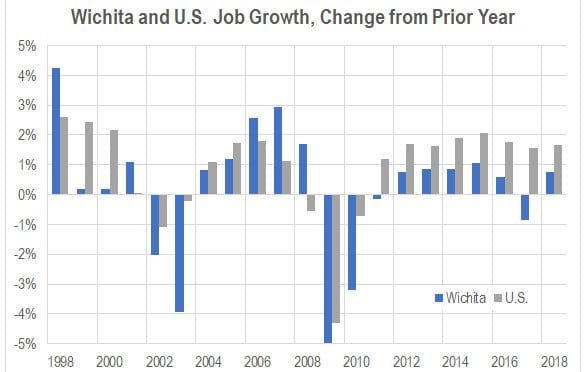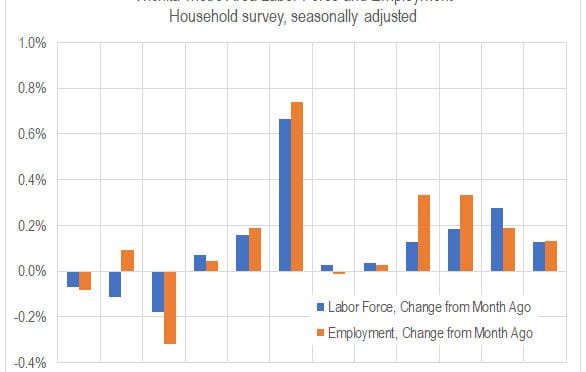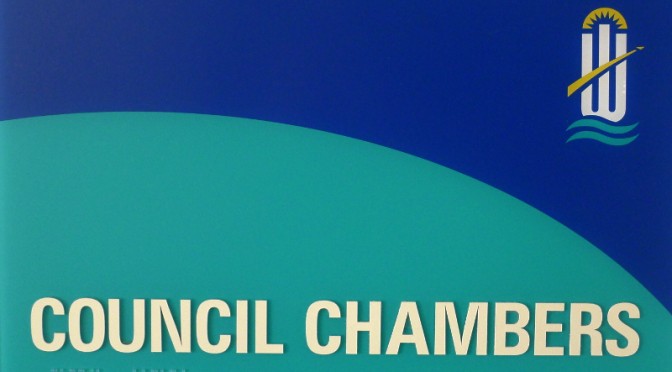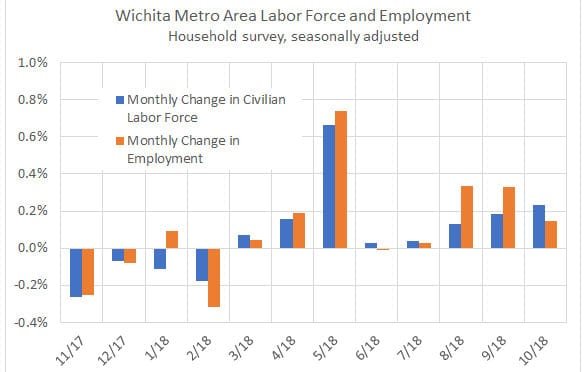A Wichita Eagle headline reads “Wichita aircraft supplier plans 45 new jobs with $7.5 million bond request,” but important information is buried and incomplete.
According to the agenda packet for the December 4, 2018 meeting of the Wichita City Council, a local aircraft supplier is “requesting issuance of bonds” worth $7.5 million.
Even if you read the entire Wichita Eagle article on this matter, you wouldn’t really learn much about this item. You might think the city is lending the company this money, which many people assume is the purpose of the Industrial Revenue Bonds program. But in the IRB program, the city lends no money, nor does it guarantee repayment of the bonds.
Instead, the purpose of the IRBs is to convey a tax holiday. In the very last paragraph, the article mentions this property tax abatement, but no dollar value is given, even though the “city documents” presumably used as a source for this story clearly state the dollar values. The sales tax exemption is also mentioned, with no dollar value given. City documents don’t hold that, either.
The value of the tax holiday, according to the city, is estimated at $82,040 annually for up to ten years, shared among local taxing authorities thusly:
City of Wichita: $22,837
State of Kansas: $1,050
Sedgwick County: $20,575
USD 259 (Wichita school district): $37,578
For the value of the sales tax exemption, no value is given. By city documents state the purpose of the bonds is to pay for “$4,000,000 for new machinery and equipment.” Sales tax on that would be $300,000. If the entire $7.5 million is spent on taxable purchases, sales tax savings would be $562,500.
Why doesn’t the Wichita Eagle mention some of these important matters?
The article also holds no mention of the important public policy issues involved. For example, why does the owner of the business want to escape paying the same taxes that (nearly) everyone else must pay? This question is especially pertinent as Kansas is one of the few states in which even low-income households pay the full sales tax rate on groceries.
Perhaps the reason is that the cost of government makes this investment unprofitable. If that is true, we have a grave problem. If the city must issue bonds and create a tax holiday for this rather small investment, we have a capacity problem. A reader on Facebook left this wry comment to the Eagle story: “So, local area population 600,000+ people … About to add 45 jobs over 5 years?”
The city justifies tax giveaways like this by using a benefit-cost analysis. That is, if the city gives up some taxes, it will receive even more in additional taxes. This analysis is useful to politicians and bureaucrats. But the analysis is valid and meaningful only if the investment is impossible without the tax giveaway.
The question then becomes: Is this tax forgiveness necessary? City documents don’t say. Showing necessity is not a requirement of the IRB incentive program. We’re left wondering if the tax expenditure, which is potentially more than one million dollars over ten years, is truly needed.
The city is proud of its requirements that the benefit-cost ratio must be at least 1.3 to 1. But for USD 259, the Wichita school district, the ratio is 1.17 to 1. So the city is pushing an “investment” on the school district that is below the standard it requires for itself. The school district has no say in the matter, based on Kansas state law. Note also that the school district gives up the most tax revenue, 1.6 times as much as the city.
By the way, Wichita Mayor Jeff Longwell says the city is no longer using cash as economic development incentives. But when the city waves a magic legislative wand and says you don’t have to pay $82,040 per year in property tax, how is that different than giving the same amount in cash? Or when the city says don’t bother paying the sales tax on this, how is that different than giving a cash discount?
The answer is there’s no difference. The mayor, city council members, and city bureaucrats hope you won’t notice the sleight of hand, that is, skillful deception. And with the Wichita Eagle being the watchdog, there’s little chance very many people will be informed.
—
Notes



























